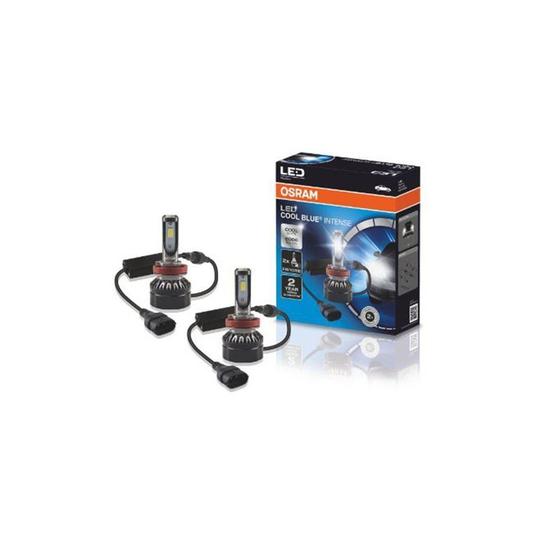
LED OSRAM 30W 1400LM Fog lights H8 H9 H11 H16(JP) 12V/24V auto parts super bright OEM/ODM lighting bulbs car lamp Nonpolarity plug-n-play

Amazon.com: OSRAM H4 LED 12V/24V P43t LEDriving Gen2 HL Cool White 6000K 9726CW (2 Lamps) : Tools & Home Improvement

OSRAM 6000K White Light H8 H11 H9 H4 H1 9012 HIR2 H7 led Auto car Bulb Mini led moto Fog Light For Fog Lights Car moto 2X SA|Car Headlight Bulbs(LED)| - AliExpress

Osram H9 62213cba Halogen Cool Blue Advance 12v 65w Car Original Headlight 5000k White Light +50% Brighter Genuine Lamps, Pair - Car Headlight Bulbs(halogen) - AliExpress

Kit Lâmpada Super Led Headlight Osram H8 H9 H11 H16 Cool White 25w 6000k 12V - Outros Automotivo - Magazine Luiza

Osram +50% Brightness H11 H9 Led Auto Front Foglamp 6000k White Mini Car Fog Light Headlight Bulb H11 H9 With External Driver - Car Headlight Bulbs( led) - AliExpress










